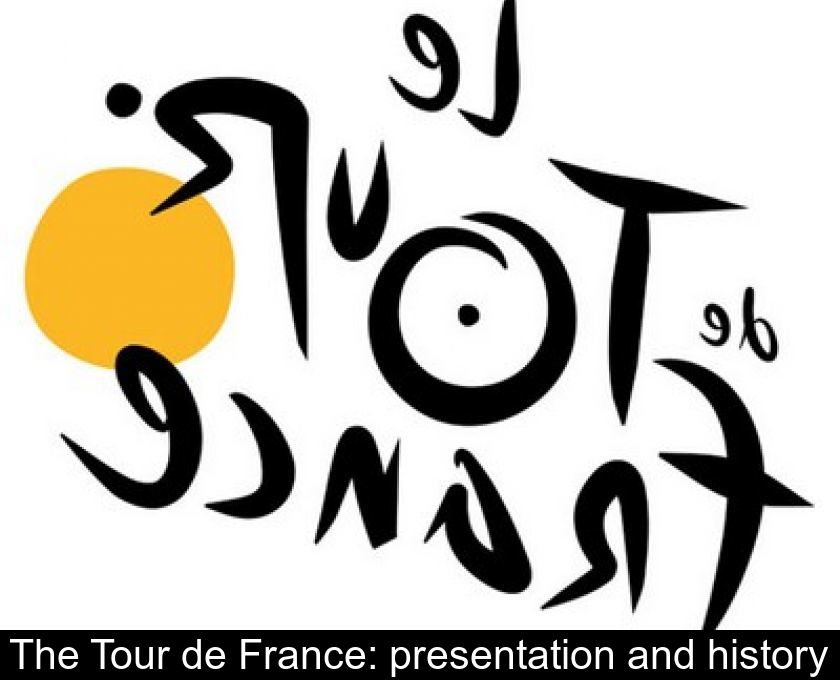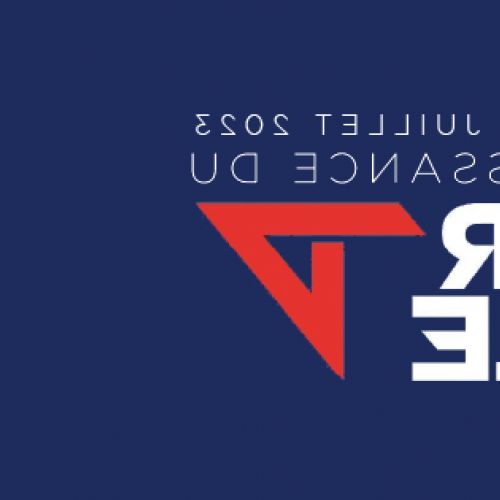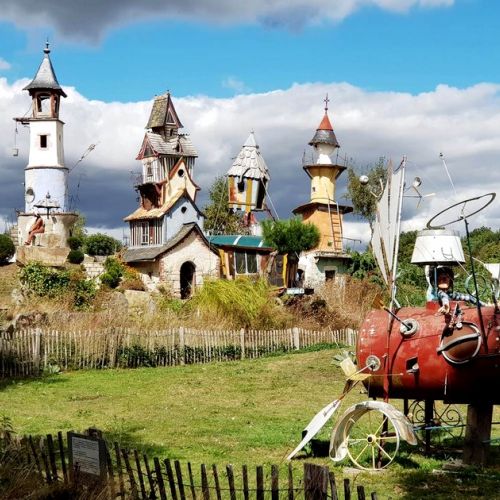The Tour De France: Presentation And History
The Tour de France, known simply as 'the Tour' or 'the Big Loop', is the most prestigious of cycling events. This cycling competition by stages, created in 1903 by Henri Desgrange, takes place every year in July and attracts some 15 million spectators to the roadside, for a great free and popular show.
The origins of the Tour
The Tour de france was created in 1903 by Henri Desgrange, a racing cyclist and editor of the Parisian sports daily L'Auto.
Henri Desgrange was the organizer of the Tour until 1936 and imposed a strong discipline, which contributed greatly to making this competition a legendary event.
Originally, the riders were not allowed any form of external assistance on the road and had to repair their machines themselves in case of a technical incident.
A monument to his memory has been erected at the top of the Galibier Pass and a Henri-Desgrange Prize is awarded each year during the Tour to the cyclist who crosses this summit first.
The beginnings of the Tour de France
The night stages were eliminated as early as 1905, the year in which a first relief appeared in the Tour de France, namely the Alsace balloon.
In 1906, the route left for the First time the national borders by crossing the French-German border.
The first crossing of the Pyrenees dates from 1910 and the first crossing of the Alps from the following year.
The famous yellow jersey was created in 1919.
In 1926, the Tour takes for the Première time its start in the provinces, in Évian.
The creation of French regional teams within the Tour dates from 1928 and those of the national teams from 1930.
1930 is also the year of birth of the advertising caravan, the caravan with unusual vehicles that passes about an hour before the riders and distributes objects of all kinds, to the delight of spectators.
The best climber award and a half-stage individual time trial were created in 1933.
A media event
From the very beginning, the Tour de france has been an event that has been closely followed by the media, starting with the print media.
The first live radio report, by Jean Antoine and Alex Virot, dates from 1930. From then on, radio, capable of giving live results, replaced the newspaper.
The television has been present on the road of the Tour since the late 1940s and had to implement all sorts of means to ensure a proper monitoring of the race.
The first live coverage of an Alpine summit was limited to a still shot of the pass crossing. It was not until the 1960s that live television reports allowed the viewer to be at the heart of the race, thanks to on-board cameras on motorcycles relayed by plane or helicopter.
The different jerseys
The yellow jersey, which has become the iconic symbol of the Tour de France, rewards the leader of the overall classification. It is decorated with the signature of Henri Desgrange, the famous HD.
It was worn for the First time on July 19, 1919, by Eugène Christophe.
The great cyclist Raymond Poulidor never wore this legendary jersey.
Since 1953, the best sprinter leading the points classification has worn the green jersey.
The best climber classification was created in 1933. Since 1975, its leader has been identified by the white jersey with large red polka dots.
In addition, young riders under 25 compete for the white jersey for the best young rider in the overall classification, which was created in 1975 and has returned to the peloton since 1999.
Tour de France 2016
The 2022 Tour de france takes place from Friday, July 1 to Sunday, July 24, 2016.
For its 109th edition, it will include 21 stages for a total distance of approximately 3228 kilometers.
The route includes 6 flat stages, 6 mountain stages, 7 hilly stages and 2 individual time trial stages.









